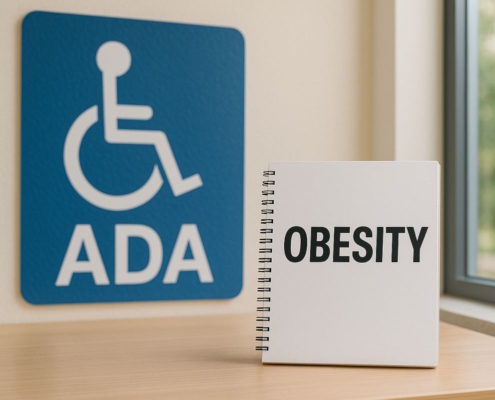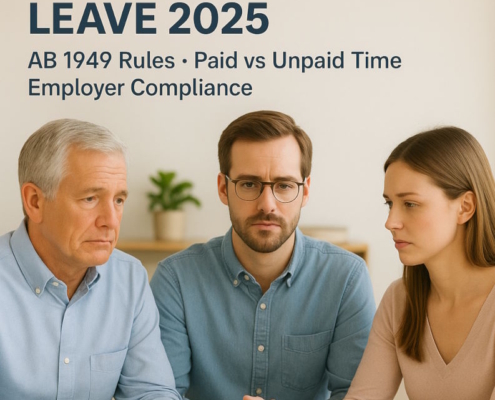 https://california-business-lawyer-corporate-lawyer.com/wp-content/uploads/2025/11/How-Many-Hours-Can-a-Volunteer-Work-per-Day-in-California-Laws-Limits-and-Rights-Explained.jpg
798
788
Amit
http://california-business-lawyer-corporate-lawyer.com/wp-content/uploads/2022/05/Nakase-Wade-logo-transparent-200x54px.png
Amit2025-11-21 11:55:322025-11-21 11:55:34How Many Hours Can a Volunteer Work per Day in California? Laws, Limits, and Rights Explained
https://california-business-lawyer-corporate-lawyer.com/wp-content/uploads/2025/11/How-Many-Hours-Can-a-Volunteer-Work-per-Day-in-California-Laws-Limits-and-Rights-Explained.jpg
798
788
Amit
http://california-business-lawyer-corporate-lawyer.com/wp-content/uploads/2022/05/Nakase-Wade-logo-transparent-200x54px.png
Amit2025-11-21 11:55:322025-11-21 11:55:34How Many Hours Can a Volunteer Work per Day in California? Laws, Limits, and Rights ExplainedNobody likes to be fired or “let go,” no matter the circumstances. It means a loss of income and, therefore, a financial strain while you try to find something else. If you were fired unlawfully, then you may be entitled to compensation to remedy this financial strain. In some cases, employees who were wrongfully terminated may even be reinstated to their old jobs.
Wrongful terminations must be filed within a certain time frame, and unfortunately, the deadline is based on the individual circumstances of your case. It may be as low as 6 months or as long as 3 years from the date of termination.
If you were wrongfully terminated from your role, then follow the following 5 steps to create a strong case against your employer.
Step 1: Stay Calm
It is an emotional time, but you must do your best to stay calm and remain positive about the outcome. Any emotional outbursts such as angry emails, yelling, or stealing company property will significantly hurt your case. It may also result in your employer filing a lawsuit against you. At the very least, remaining calm will help you when you’re searching for employment in the future. Your outburst when fired may come up in reference checks or if you end up working with a former colleague.
Stay calm during the process and be polite to your employer and colleagues when you are terminated. Nothing you do will make your employer change their mind, so there is no use getting angry or listing all the things you have done for your employer. Instead, focus on following the steps your employer gives you and then finding a California employment lawyer to see if you have a wrongful termination case.
Step 2: Seek an Explanation About Why You Were Terminated
Look into why you were fired from your role. Your supervisor may give you a vague reason when they fire you, but there is often a deeper reason. If you suspect that there are other reasons than the one given, do a little bit of digging to find out the real reason you were terminated.
In California, it is illegal to fire an employee for any of the following reasons:
- Breach of contract
- Retaliation
- Harassment
- Discrimination
- Other things protected by state and federal law or public policy
If you believe that the real reason for being fired was an illegal reason, or you can at least provide evidence that proves that it could have been a factor, then you should speak to a California employment lawyer. They can help you to do more evidence gathering and file a wrongful termination claim.
To find out the reasons why you were fired, ask the company why you were fired and for a copy of your personnel file. Any piece of evidence you can collect may help when building a wrongful termination case.
Write down any circumstances that you believe may have played a part in the decision to fire you. Create a timeline of events as far as you are aware that lead up to your termination. Write down who was involved in situations and who may have witnessed them. If you can remember dates and times that things happened, write them down too.
Step 3: Collect Evidence
Your wrongful termination lawsuit will hinge on the evidence that you present to support your claim. If you believe you have been unlawfully fired, then you need to collect as much evidence as possible. Start by creating a timeline of events that you know about that may have contributed to your wrongful termination. Once you have done that, look for evidence that you may have. These could be in the form of text messages, photos, emails, voicemail messages, etc. Write down anyone who may have witnessed these or been copied into the emails. If you had conversations with anyone about your concerns, then write down when they happened and who you spoke to.
The quality of the evidence you provide will be the determining factor of the wrongful termination lawsuit. These types of cases are a matter of the employer is saying they fired you for X and you are saying they actually fired you for Y, which is illegal. The court must decide based on the evidence that both parties present, which is the truth.
You need to do this step within a few days of being fired before your memory fades. If you wrote down concerns or were keeping a record of incidents before this, refer back to that record when writing your recollections. If there were eyewitnesses to events, consider contacting them to ask them if they remember the incident and if they have any additional information about it.
Step 4: File a Complaint
Depending on the circumstances of the wrongful termination, there are a number of agencies you may file your wrongful termination suit. Choose the agency you file with carefully as it may affect the outcome. If you are uncertain which agency is best, contact an employment lawyer to help you with the process.
The most common agencies that handle wrongful termination claims are:
- Harassment, retaliation or discrimination claims – File your claim either with the Equal Employment Opportunity Commission or California Department of Fair Employment and Housing. The EEOC will handle harassment, retaliation, and discrimination claims for most laws, including ADA and the Civil Rights Act. The DFEH will handle wrongful termination claims under the FEHA.
- Unsafe workplace claims – If you filed a complaint about unsafe working conditions or practices and were fired in retaliation, then you can file a wrongful termination claim with OSHA or Department of Occupational Safety and Health. The one you choose will depend on the agency you filed the original unsafe workplace claim with.
- Whistleblower claims – If you were terminated after engaging in an activity protected by the Sarbanes-Oxley Act, then you can file a wrongful termination claim with the US Department of Labor.
- Equal pay claim – If you raised concerns about the Equal Pay Act to your employer and were fired as a result, you can file a wrongful termination claim with the EEOC or California Labor Commissioner’s Office
The above agencies are some of the main agencies that investigate wrongful termination claims based on harassment, discrimination, or retaliation. They will tell you if you have a claim or not and will help you to resolve the issue. In some cases, they may help you through the settlement process or a lawsuit.
For some claims, you may have the option of filing a wrongful termination claim with a number of agencies. If so, consult with your employment lawyer as to which one will be best. Each agency will have different filing deadlines, procedures, and may even have different penalties or compensation. Your attorney will help you to determine which will get you the best result.
Step 5: File a Lawsuit
Plaintiffs in most wrongful termination claims will need to still file a lawsuit. There may be two reasons for this:
- The plaintiff decided to file a lawsuit instead of filing a claim with an agency
- The agency was not able to reach a settlement between the employer and former employee
Whichever the case may be, your employment attorney can help you collect the evidence you need to file a wrongful termination lawsuit.
Most employment lawyers offer free consultations so that potential clients can meet them and tell them about the situation. From there, the employment attorney will advise you whether or not you have a case and how to proceed. They will talk you through whether a settlement will be more beneficial or a lawsuit. Generally, a settlement will resolve the situation quickly and allow you to move on. It will prevent you from filing any related claim against your former employer in the future.
If you choose to pursue a lawsuit, you may receive more compensation than you could claim in a settlement. The court may choose to award back pay and other benefits that you would have received if you were not terminated. In some cases, the court may even rule that you should be reinstated to your former job if you want to.
There are several avenues open to you if you were wrongfully terminated. Consult an employment attorney to talk through the pros and cons and what they would mean for your case.
If you suspect that you were wrongfully terminated for a reason other than the one your employer is providing, gather evidence and speak to an employment lawyer. They will be able to tell you what your rights are and what options are available. It is better to speak to an attorney than wonder if you may have had a case.
Speak To an Employment Lawyer
Call Nakase Wade to speak to one of our skilled employment lawyers about your wrongful termination. We are based in California and offer free consultations so that you can seek advice about your situation. Our consultations are confidential and sympathetic to your worries.
Learn more about: Business | Corporate | Employment
See all articles: Business | Corporate | Employment
































